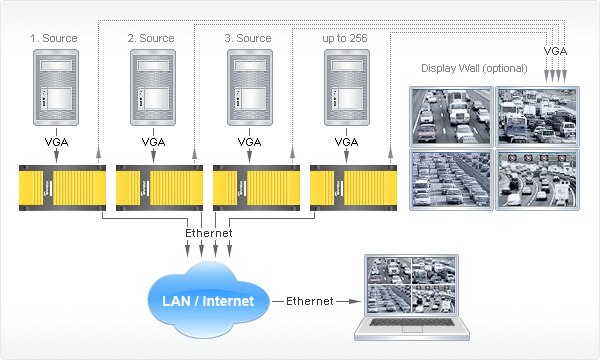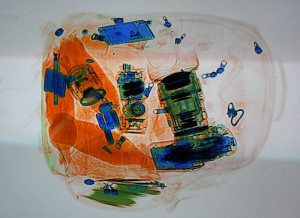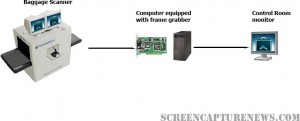A Simple Solution for Control Room Monitoring
December 16, 2008 by Victor · Leave a Comment
Imagine that you have multiple monitors that need to be either constantly monitored or remotely accessed. Normally, this would be impossible to do using conventional equipment. You would either have to individually access each monitor or use complicated analog video monitoring equipment. Now, with the release of Epiphan Systems’ VGA Grid, monitoring up to 256 VGA outputs (or monitors) is simple.
In order to use the VGA Grid system, one VGA Grid device (about the size of paperback novel) must be connected to the output of each VGA signal. The VGA Grid must also be able to access the Internet or LAN through its built-in Gigabit Ethernet interface. Once these two conditions are met, you are able to remotely log into a web-based control panel which displays the output of each of your VGA signals on one screen. Of course, you are able to zoom in on each VGA signal individually and archive the output for later viewing.
Since the VGA Grid is a frame grabber-based device, it is able to monitor VGA signals with resolutions of up to 1600 x 1200 and relay the images from them in 100% lossless quality, which is important in mission-critical control room applications.
If control room monitoring or combining many VGA streams into one signal is essential to your organization, then the VGA Grid is a product that you should seriously consider. Not only is it compatible with any existing Ethernet-based LAN infrastructure, it is the ultimate solution for the combination of multiple high-resolution video signals onto a single screen.
Security Scanner Monitoring and Recording… Made Easy!
September 22, 2008 by Victor · Leave a Comment
Remember the last time you were at the airport? The worst part is going through security and getting your carry-on baggage scanned, then re-scanned, and even possibly checked! This is because, many times, it’s hard for one person monitoring the baggage scanner to be sure that there is nothing suspicious with the luggage in question. Wouldn’t it be better, and safer, if everything was being double-checked by somebody out of sight?
These scanner devices use X-Ray technology, similar to that used in medical applications, to “see through” your bag. The link between the actual security scanner and the monitor that is being used to display the images is, of course, a VGA or DVI signal.
A simple analog video link between the baggage scanner and a monitor placed away from the scanner would not yield enough resolution or quality for proper analysis of the video. A high resolution solution must be implemented in order to transmit a diagnostic quality image, like the one originating from the VGA scanner, to a remote location like a control room.
This is where frame grabbers become useful. Using a computer equipped with a frame grabber or a dedicated VGA recording/broadcasting device, the signal can be transmitted in real-time to a control room where someone would be able to review the baggage being scanned. What’s more, if the VGA or DVI signal from the X-Ray Scanner is being recorded, the data can be saved and reviewed, meaning that suspicious luggage can still be checked before the passenger boards his or her flight.
The diagram above shows how a frame grabber-equpped PC can be used to relay the images from the airport X-Ray baggage scanner to a separate monitor in a control room. While the signal between the frame grabber and baggage scanner is VGA or DVI, the link between the computer which is being used to grab the VGA signal and the computer used to output to the control room monitor can be an internet or local network (LAN) link. The computer equipped with the frame grabber can also be used to record and archive all data coming from the scanner.
More common uses of frame grabbers, all of which can be used in this scenario, are described in our “Top 5 Uses for High Resolution Frame Grabbers” article.







